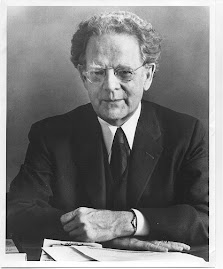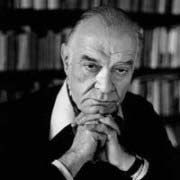thanks to Richard for having a sense of humor -- feel free to poke fun at any of my theory-laden beliefs, past and present!
Thursday, June 26, 2008
Tuesday, June 24, 2008
Test the Theory
I would like to try out the Girardian theory on a novel (and I use the term loosely in this case!) that is on my 11th grade summer reading list. It is called Follow the River.
Two women are escaping Shawnee enslavement. The ordeal makes them turn on one another. This, perhaps, begs some Girardian analysis. Would we say the two idolize each other; and so when the veneer wears off they hate each other? That works; they are both tough and admirable.
How would such an analysis fir with other kinds of theories -- say a psychological one, where one woman is a "mother figure," and then the escape etc. is about the protagonist reconciling with, or freeing herself from that figure. Or an archetypal analysis, where the old woman represents the alternatively life-giving and death-issuing forces of nature; and then the journey has something to do with the protagonist reconciling herself to that.
Friday, June 20, 2008
Anima Imitation
Then there is the male author who creates this fantasy female character -- the unalienated woman who will through romance lead him out of his alienated state, as in Harold and Maude.
Is he imitating this anima image, and does the author then cast it off by the end of the novel? Flaubert, Hawthorne...
How does Girard handle gender? I noticed how he contrasts romanesque (the novelistic) with romance (the poetic), suggesting that modern literature requires a choice between the two. (Which by the way may fit with Bloom's framing of the modern novel as rejection Emile.) But does he draw on any of that Rougmont type material in critiquing romance?
Monday, June 16, 2008
Imitation
What do you say about the basic Jungian idea of analogies (a form of mimesis) between events in myths and events in the psychological life?
Doesn't this notion of analogy insulate us from some of the grotesque aspects of pre-Christian myth? E.g. sacrifice as symbolic death and rebirth.
Subscribe to:
Posts (Atom)





